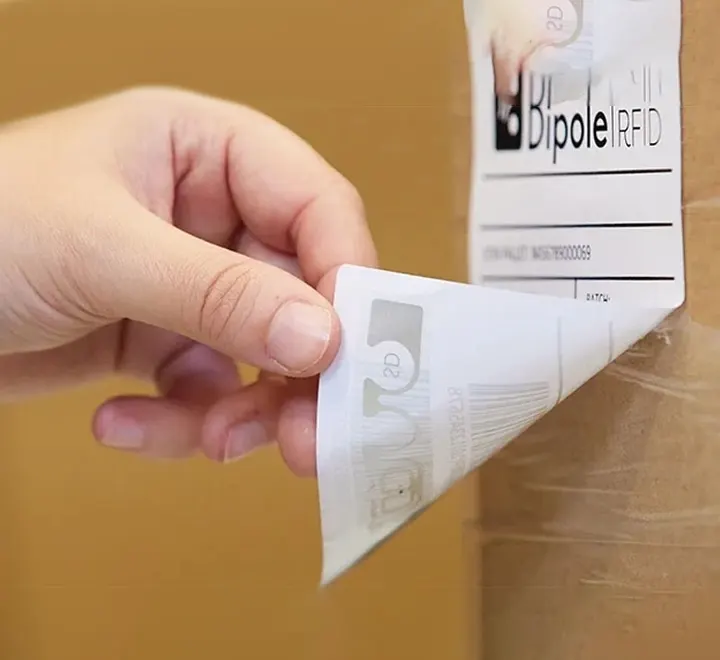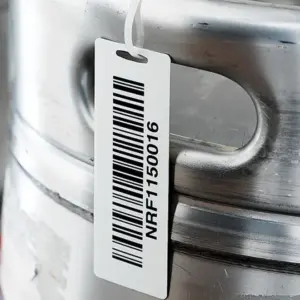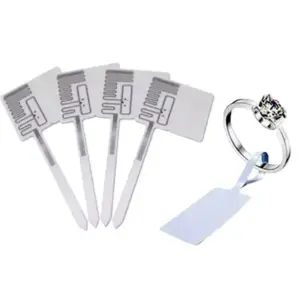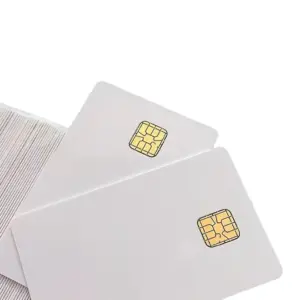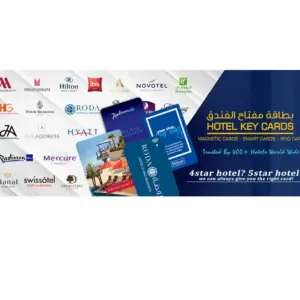RFID (Radio Frequency Identification) standard labels are electronic tags that use radio waves to transmit information wirelessly. They are commonly used for tracking and identifying items in various industries, such as retail, logistics, and healthcare.
There are several RFID standards for labels, including:
- EPC Gen2: This is the most widely used standard for RFID labels. It operates at a frequency of 860-960 MHz and has a range of up to several meters.
- ISO 18000-6C: This standard is also known as the UHF (Ultra High Frequency) RFID standard. It operates at a frequency of 860-960 MHz and has a range of up to 10 meters.
- NFC (Near Field Communication): This is a short-range RFID standard that operates at a frequency of 13.56 MHz. It is commonly used for contactless payment and access control.
- ISO 15693: This standard is commonly used for tracking and identifying items in libraries and archives. It operates at a frequency of 13.56 MHz and has a range of up to 1.5 meters.
RFID labels can be either passive or active. Passive tags do not have their own power source and rely on the energy from the RFID reader to power the tag and transmit data. Active tags have their own power source and can transmit data over longer distances.


